Katie Paterson has become known for her multidisciplinary and conceptually-driven work with an emphasis on nature, ecology, geology and cosmology. Many of her poetic installations have been the result of intensive research and collaboration with specialists as diverse as astronomers, geneticists, nanotechnologists, jewelers and firework manufacturers.

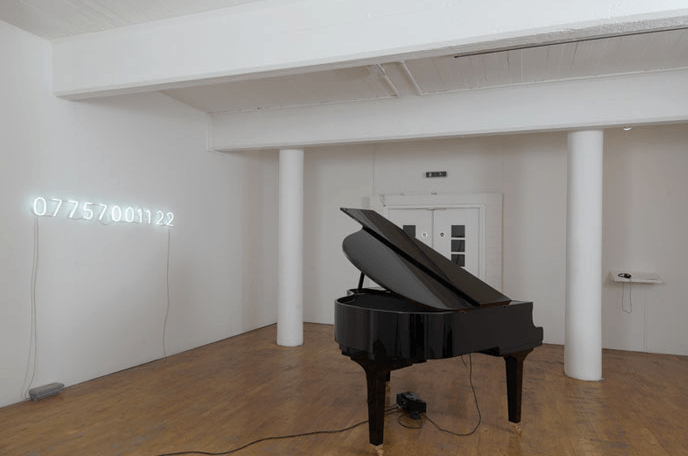
Earth-Moon-Earth (E.M.E) is a form of radio transmission whereby messages are sent in Morse code from earth, reflected from the surface of the moon, and then received back on earth. The moon reflects only part of the information back – some is absorbed in its shadows, ‘lost’ in its craters.
For this work Beethoven’s Moonlight Sonata was translated into morse code and sent to the moon via E.M.E. Returning to earth fragmented by the moon’s surface, it has been re-translated into a new score, the gaps and absences becoming intervals and rests. In the exhibition space the new ‘moon–altered’ score plays on a self-playing grand piano.
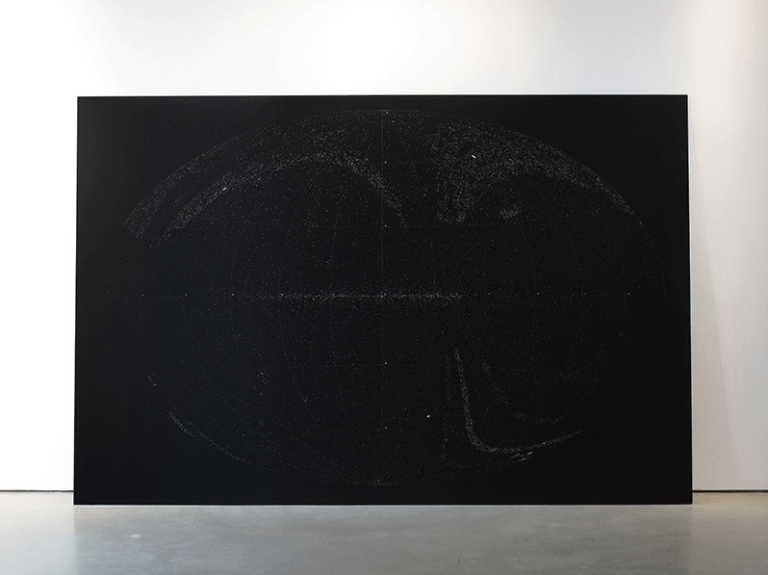
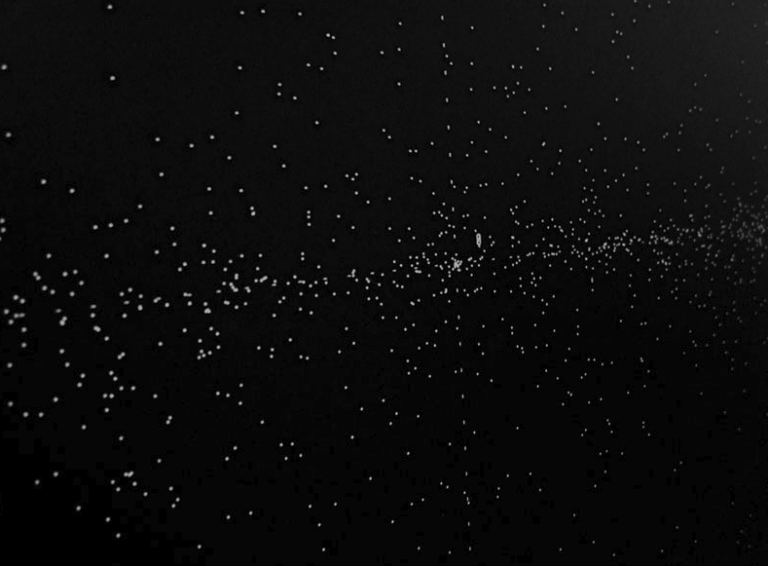
All the Dead Stars, 2009
A map documenting the locations of just under 27,000 dead stars – all that have been recorded and observed by humankind.
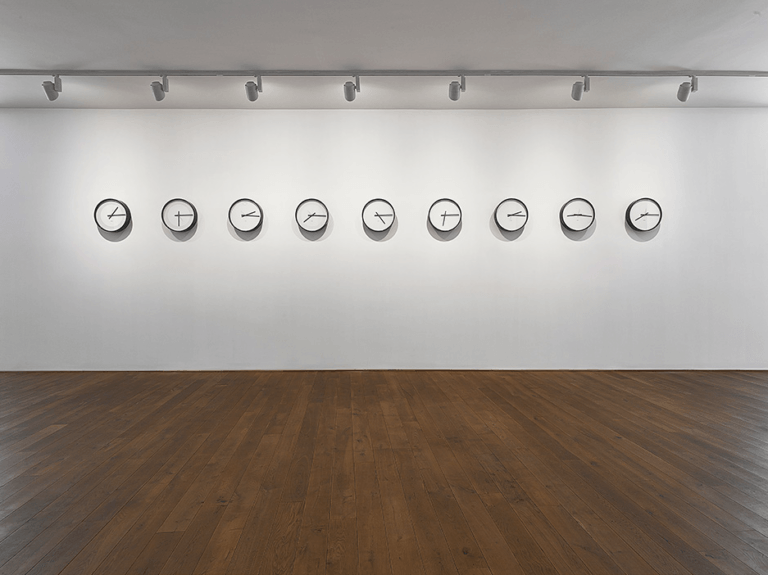
Timepieces, 2014
A series of nine clocks that tell the time on all the planets in our solar system, including Earth’s Moon. The durations of the day range from planet to planet, from the shortest on Jupiter to the longest on Mercury. Each clock is calibrated to tell the time in relation to the other planets and to the time on Earth.
Mercury 4223 hours
Venus 2802 hours
Earth 24 hours
Moon 708 hours
Mars 24 hours 40minutes
Jupiter 9 hours 56 minutes
Saturn 10 hours 39 minutes
Uranus 17 hours 14 minutes
Neptune 16 hours 6 minutes
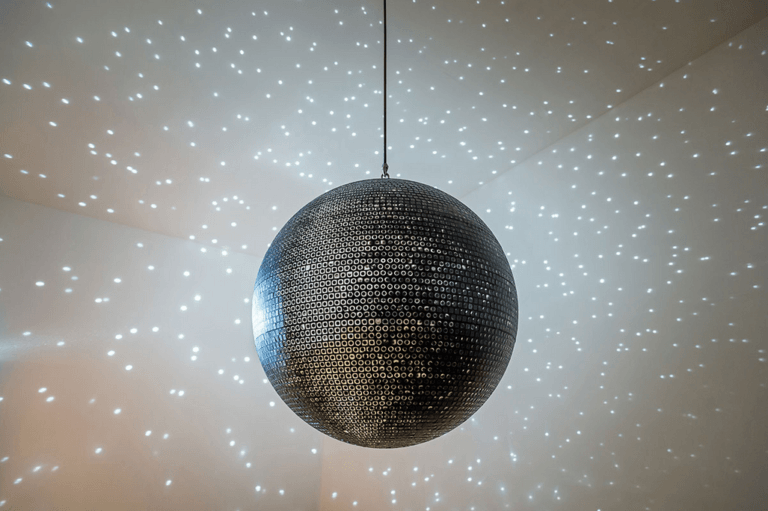
Totality, 2016
Totality is a mirrorball made with images of nearly every solar eclipse documented by humankind. Totaling over 10,000 unique images, these eclipses come together to reflect the progression of an eclipse across the room – from total through to quarter and half eclipses – mirroring the sequence of the Sun eclipsed by the Moon.
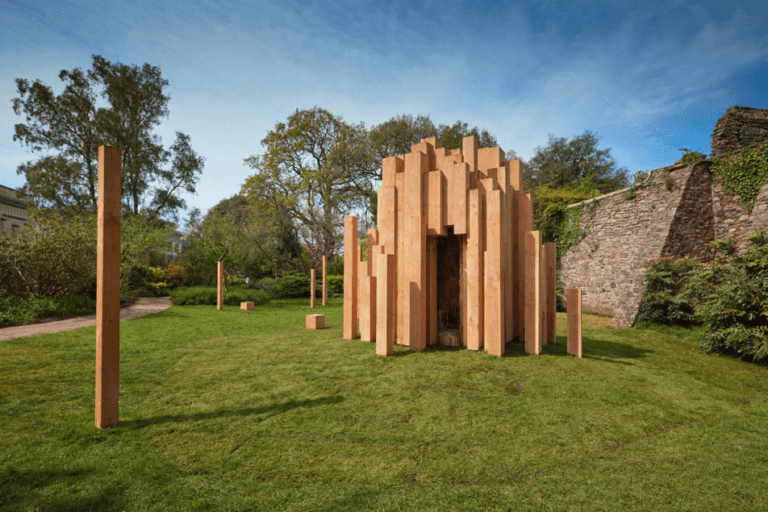
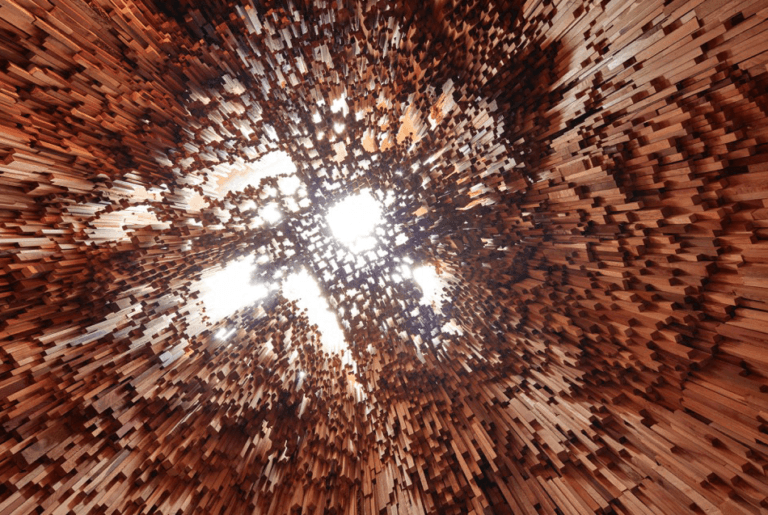
Hollow, 2016
Spanning millions of years, ‘Hollow’ is a miniature forest of all the world’s forests, telling the history of the planet through the immensity of tree specimens in microcosm. The sculpture brings together over 10,000 unique tree species, from petrified wood fossils of the earliest forests that emerged 390 million years ago to the most recent emergent species. The samples of wood span time and space and have been sourced from across the globe, from Yakushima, Japan to the White Mountains of California. From the oldest tree in the world to some of the youngest and near-extinct species, the tree samples contain within them stories of the planet’s history and evolution through time.
Sourced from Katie Paterson’s Website
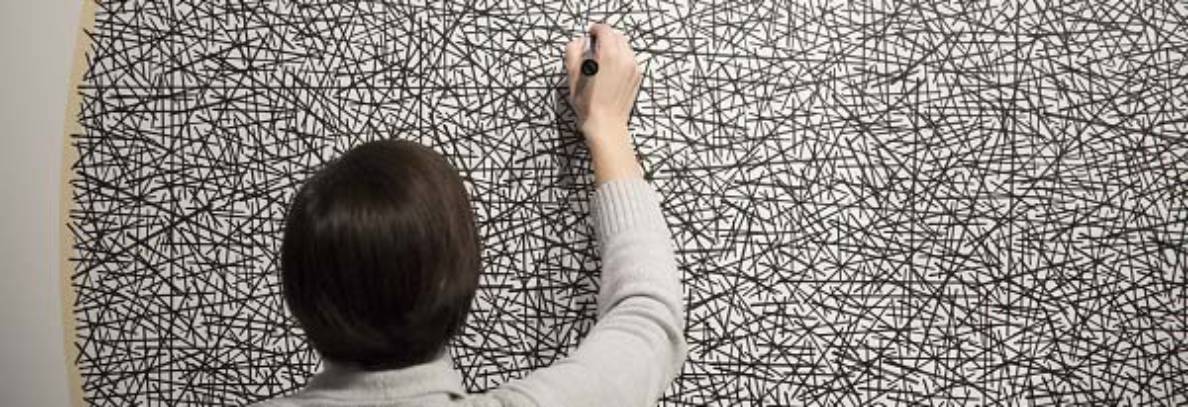
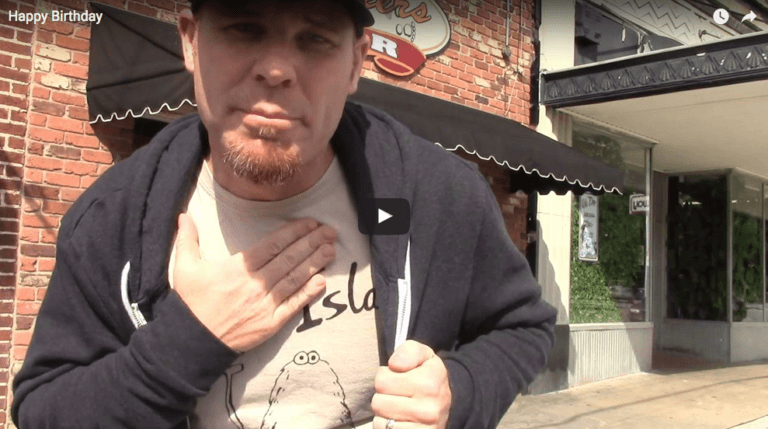
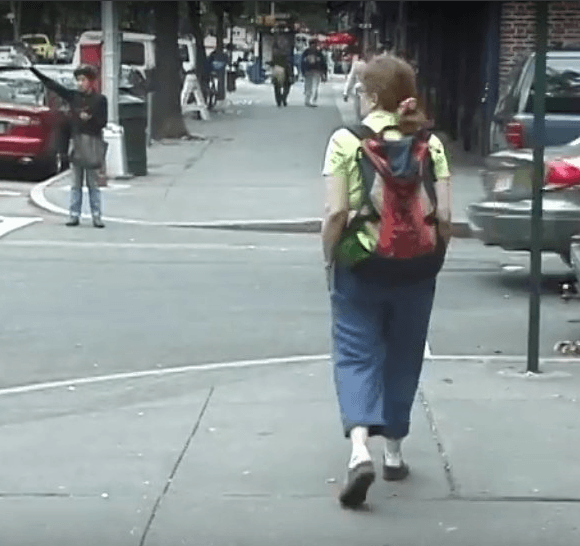
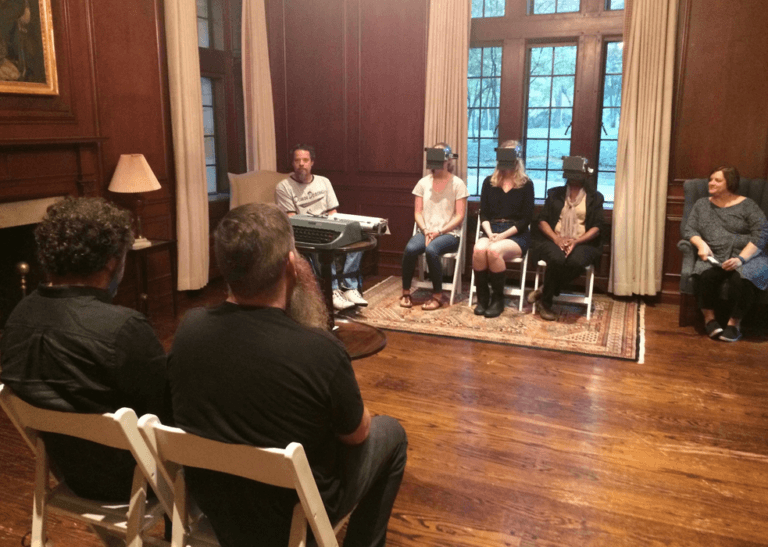
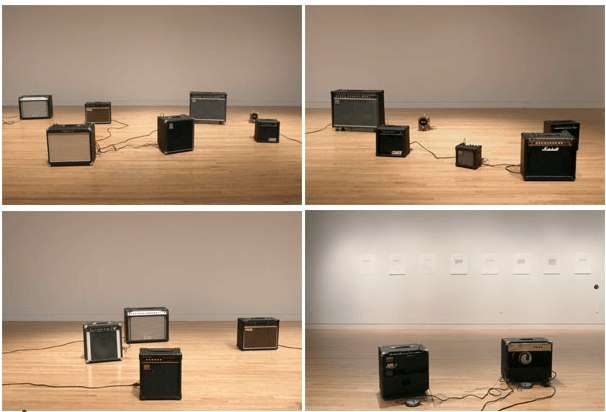
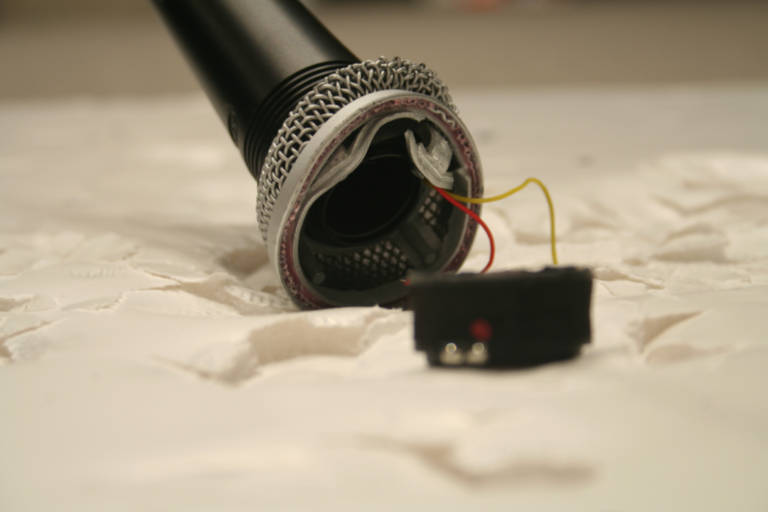
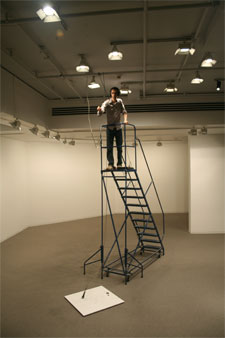
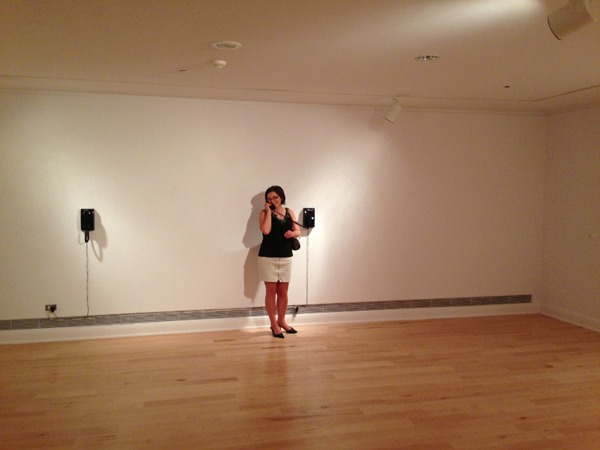
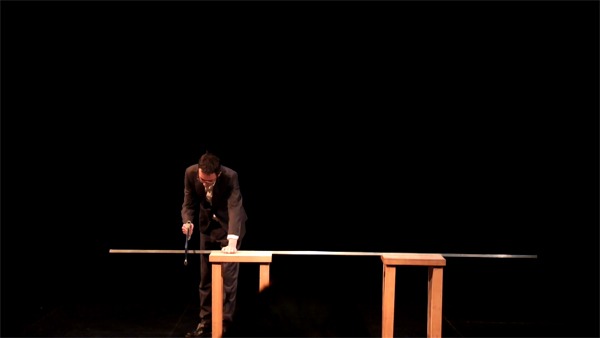
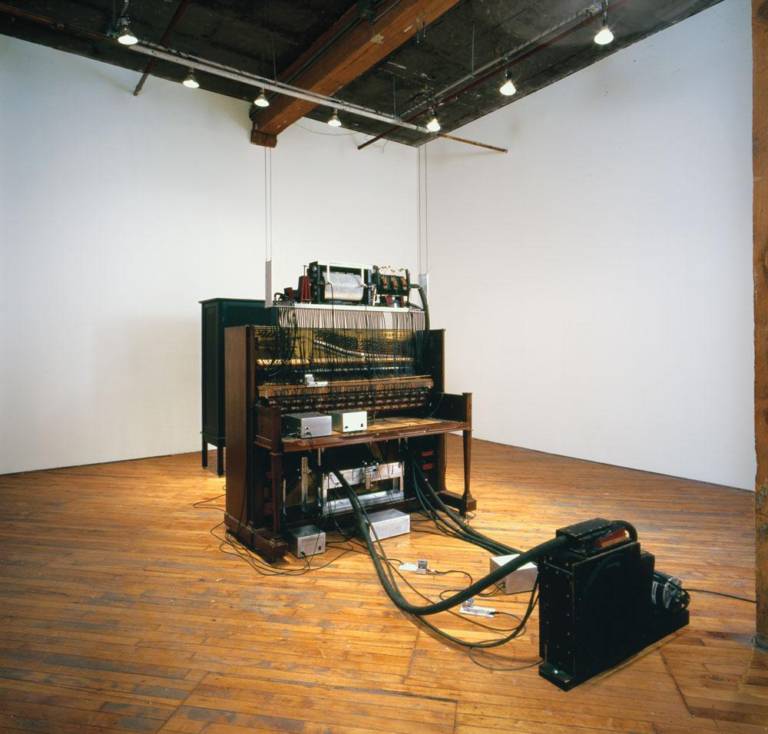


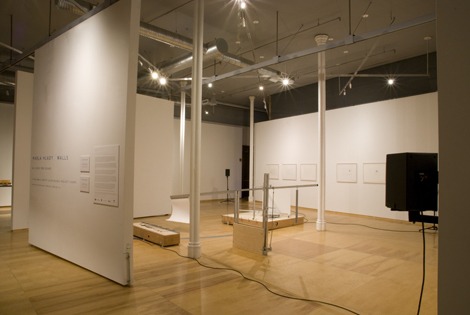

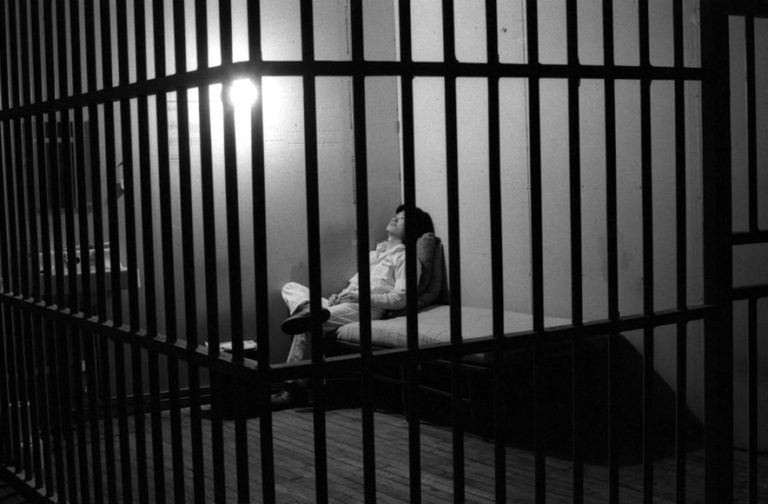
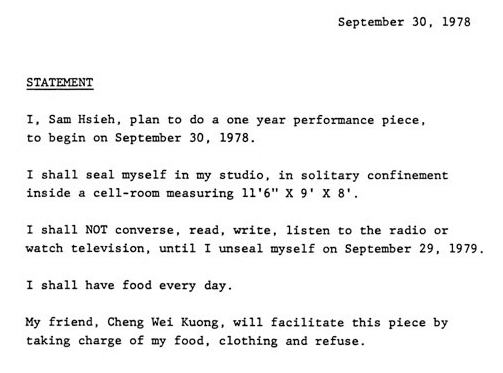
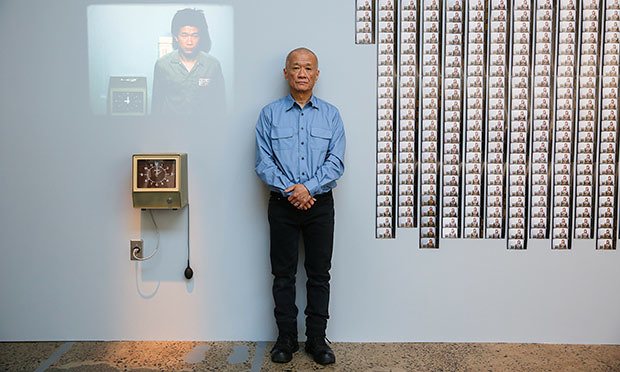
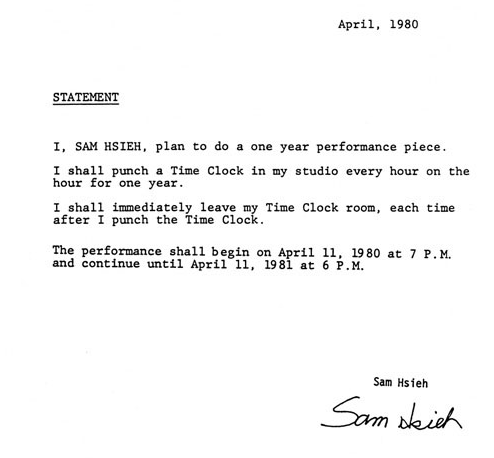
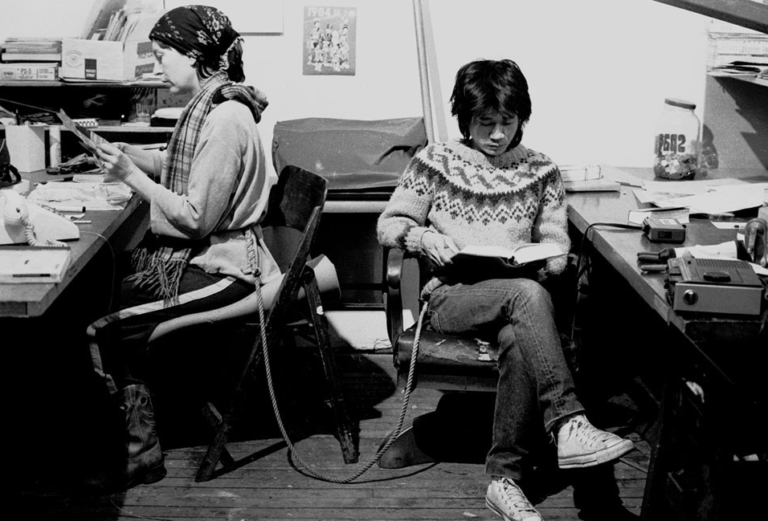
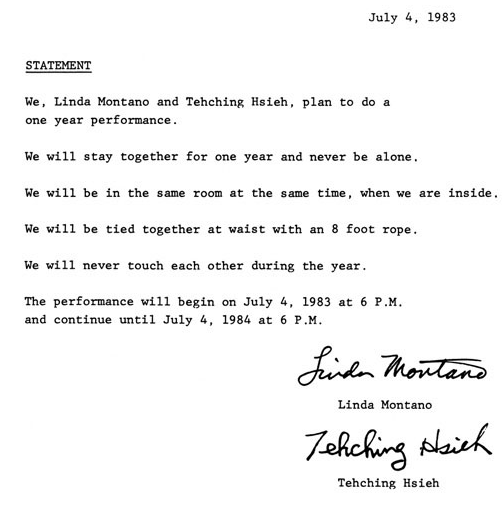
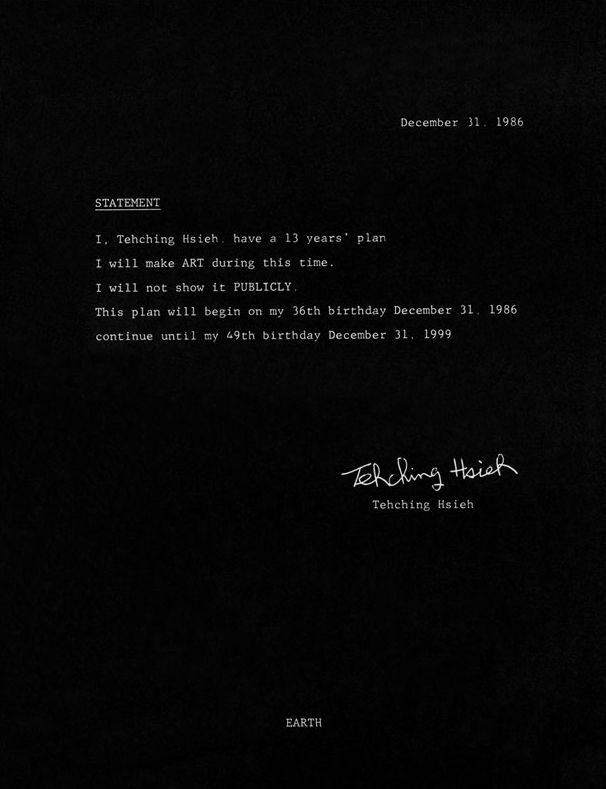
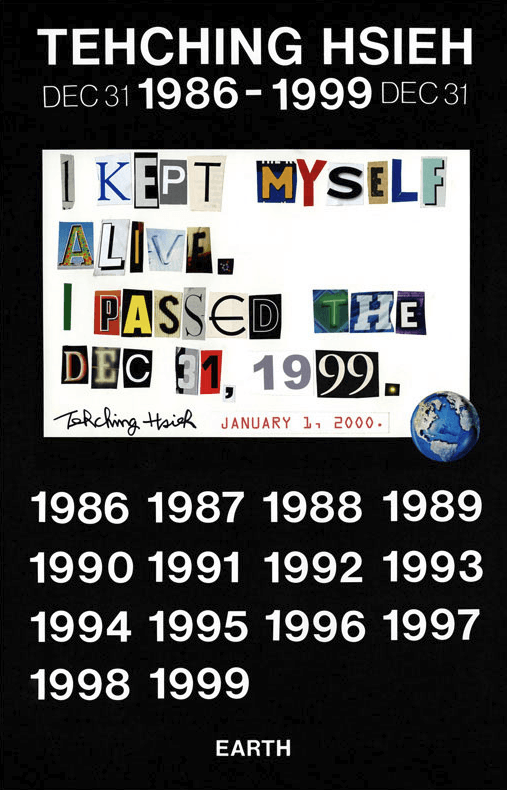

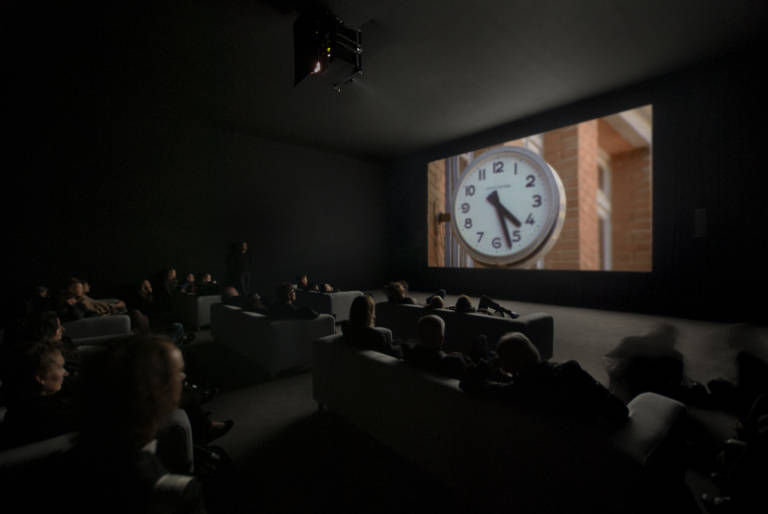

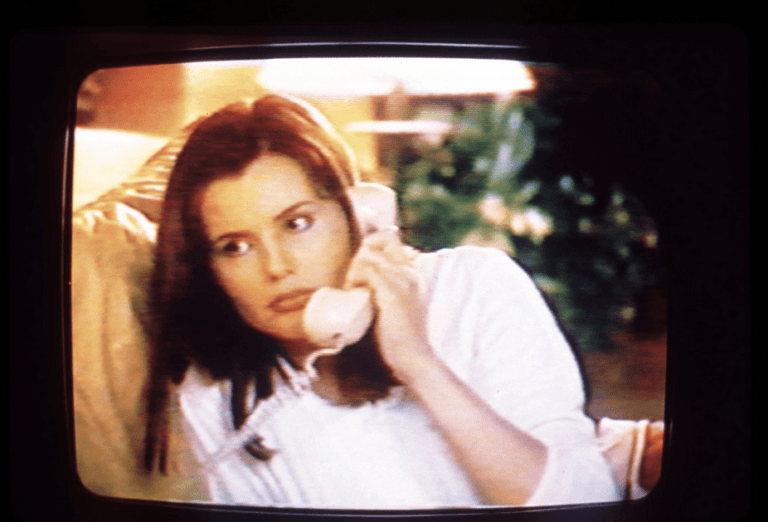
You must be logged in to post a comment.